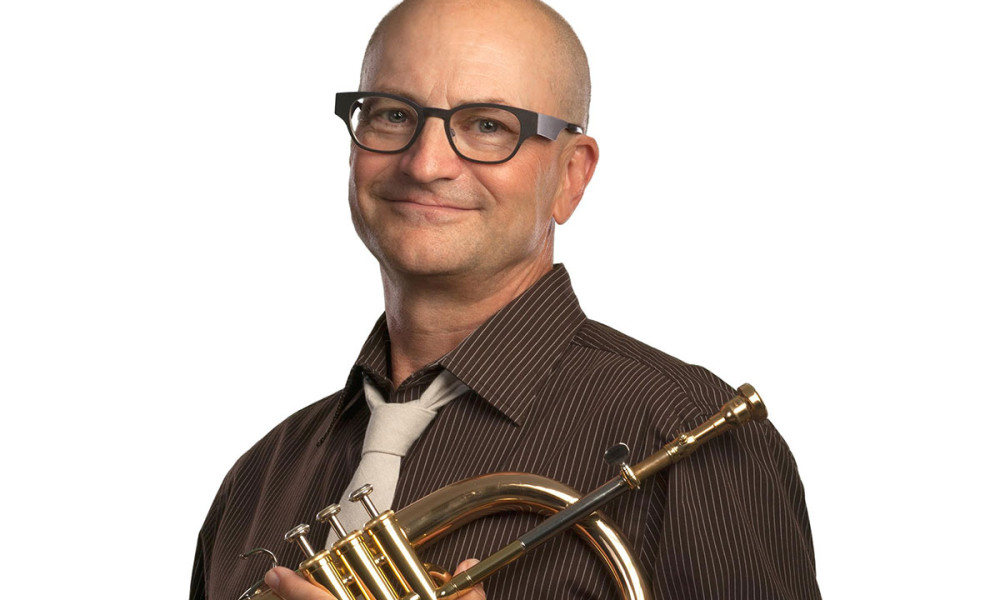If you watch a brass player traverse a large interval, you may observe a change in the horizontal angle of the instrument. This movement is referred to as the pivot. The pivot transfers weight from one lip to the other and keeps the lips aligned with the teeth and airstream in various registers. This action helps produce clear, focused tone and supple flexibility.
The Motion
For some players, typically those with an overbite, pivoting the horn downward when ascending (thereby transferring weight to the bottom lip) will feel natural. For others, typically those with an underbite, pivoting up to ascend (transferring weight to the top lip) will be preferred.
Since the majority of the population has a natural overbite, it’s more common to observe the bell moving in a downward direction as the player ascends to higher notes.
A brief period of experimentation—try it both ways—should quickly point you in the right direction for your physical makeup.
The Theory
The pivot is most closely associated with brass pedagogue Dr. Donald S. “Doc” Reinhardt, who called his method the Pivot System. Reinhardt later said he regretted that title since the pivot was just one element of his comprehensive approach to brass playing.
He rejected the caricature description of “horns waving in the air” when, in fact, the pivot is quite subtle on all but very large interval leaps. The physical action may be a combination of horn and head movement, i.e., the horn tilts down while the chin moves upward although Reinhardt discouraged head movement.
Identifying and quantifying the ideal amount of pivot for a given interval is one element in determining precisely what physical actions are required to get from the center of one note to the center of the next.
The Awareness
The pivot, like many aspects of brass pedagogy, is controversial. But in reality, it is a natural action for most players, something you are probably already doing. Becoming consciously aware of body mechanics can help you develop an efficient approach to playing the horn.

